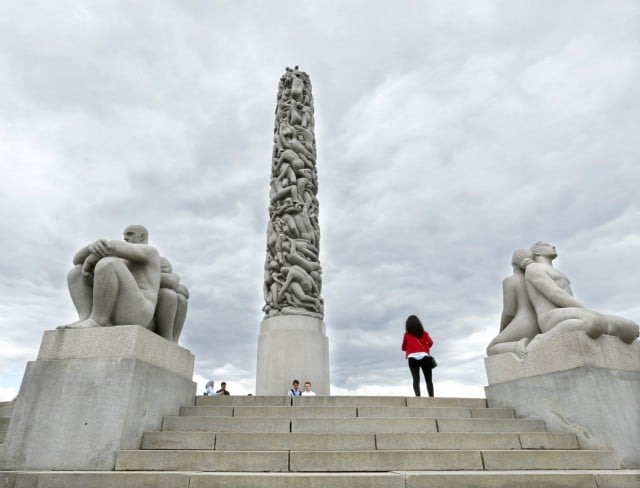The decision, made by the Norwegian Board of Appeal for Industrial Property Rights on Monday, has also been tried by the EU’s EFTA freed trade court with the same result, reports NRK.
The decision means that the sculptures can be freely copied by anyone for the purpose of making profit.
Norwegian sculptor Vigeland, who created the statues, was born in 1869 and died in 1943 – over 70 years ago, meaning his own rights over the works have expired, writes NRK.
Oslo Municipality has unsuccessfully attempted to prevent this resulting in unlicensed copies of the statues being sold.
“I completely agree with this verdict,” Inger Berg Ørstavik, associate professor at the University of Oslo’s Department of Private Law, told NRK.
No exclusive rights to works of art can be held once copyright has expired, she said.
The case has also become important in principle, since it is the first of its kind, and the EFTA ruling has added European interest in the verdict, she added.
“Both the Gistav Vigeland the sculptor and Vigeland Sculpture Park must be considered part of our cultural heritage,” the Norwegian Board of Appeal for Industrial Property Rights said in its verdict according to NRK.

The Monolitten sculpture at Vigeland Sculpture Park. Photo: Terje Pedersen / NTB scanpix
Vigeland was Norway’s leading figure in his art form in the first half of the 20th century.
Oslo Municipality said that it took consolation from the fact that no other third parties would be able to secure rights over the works.
The municipality will not be taking the case further.
“We have been given an outcome over this question and take it into consideration. We wil now continue with what is most important for us – showing who Vigeland the artist was,” Rina Mariann Hansen, a member of the municipality’s culture committee, told NRK.
READ ALSO: A-ha's Mags makes giant Oslo sculpture park



 Please whitelist us to continue reading.
Please whitelist us to continue reading.